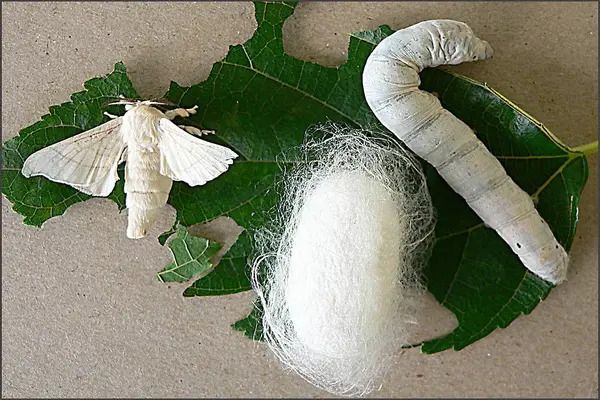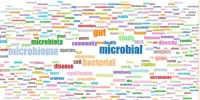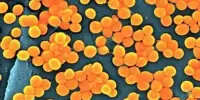In recent news, there was a situation where a patient had agony as a result of a surgical operation requiring sutures, resulting in the unintentional presence of gauze inside the patient’s body. Gauze is often used to reduce bleeding during medical procedures and aid in hemostasis.
However, if left in the body, it can cause inflammation and infection. To address this issue, researchers presented a study on a hemostatic drug generated from mussels and silkworm cocoons. This hemostatic substance has sparked interest in the academic community due to its effectiveness in clotting blood and its safety within the body.
A collaborative team, led by Professor Hyung Joon Cha (Department of Chemical Engineering and the School of Convergence Science and Technology) and Dr. Jaeyun Lee (Department of Chemical Engineering) at Pohang University of Science and Technology (POSTECH), Professor Kye Il Joo (Department of Chemical Engineering and Materials Science) at Ewha Womans University, and Dr. Jong Won Rhie (Department of Plastic and Reconstructive Surgery) at Seoul St. Mary’s Hospital of the College of Medicine at the Catholic University of Korea, has developed a bilayer nanofiber membrane hemostat using natural proteins derived from mussels and silkworm cocoons. The findings of this research have been recently published online in the latest issue of Small, an international journal specializing in nanoengineering.
We have validated the exceptional hemostatic performance of a multifunctional topical adhesive agent derived from nature and based on degradable proteins in the human body. We will continue further research to assess its applicability in real-world patient care or surgical settings.
Professor Hyung Joon Cha
Conventional hemostatic agents, such as gauze or medical bands, can only be applied to the skin’s surface. Although some materials, such as fibrin glue and collagen sponges, spontaneously disintegrate within the body, they require proteins derived from people or animals, making them prohibitively expensive. Furthermore, current hemostatic materials have inconsistent adhesion to bleeding sites and are susceptible to infection from external pollutants.
In response, the researchers created a bilayer adhesive hemostat using mussel adhesive proteins, which have significant tissue attachment underwater, and silk fibroin derived from silkworm cocoons. In the study, mussel adhesive proteins displayed good hemostatic effects, including platelet activation. The researchers employed methanol vapor to modify the secondary structure of silkworm silk proteins, resulting in a nanofiber membrane with a hydrophobic outer surface.

In light of this, the researchers developed a hemostatic compound with an inside layer of mussel adhesion proteins for wound adherence and an exterior protective layer wholly made up of silkworm silk proteins. Animal investigations showed that the hemostatic substance accelerates tissue adhesion and hemostasis in bleeding wounds, successfully preventing the penetration of water-carrying infectious agents such as germs. Using two proteins that are both highly biocompatible and biodegradable, the researchers developed a novel hemostatic agent capable of clotting blood and giving infection resistance.
Both mussels and silkworm cocoons offer unique biological materials that could be harnessed for medical purposes, including the development of innovative hemostatic agents. However, it’s important to note that translating these ideas into practical medical solutions would require rigorous scientific research, including preclinical and clinical studies, to ensure safety and efficacy in human applications.
Professor Hyung Joon Cha of the POSTECH who led the study remarked, “We have validated the exceptional hemostatic performance of a multifunctional topical adhesive hemostatic agent that is derived from nature and is based on degradable proteins in the human body.” He added, “We will continue further research to assess its applicability in real-world patient care or surgical settings.”
















